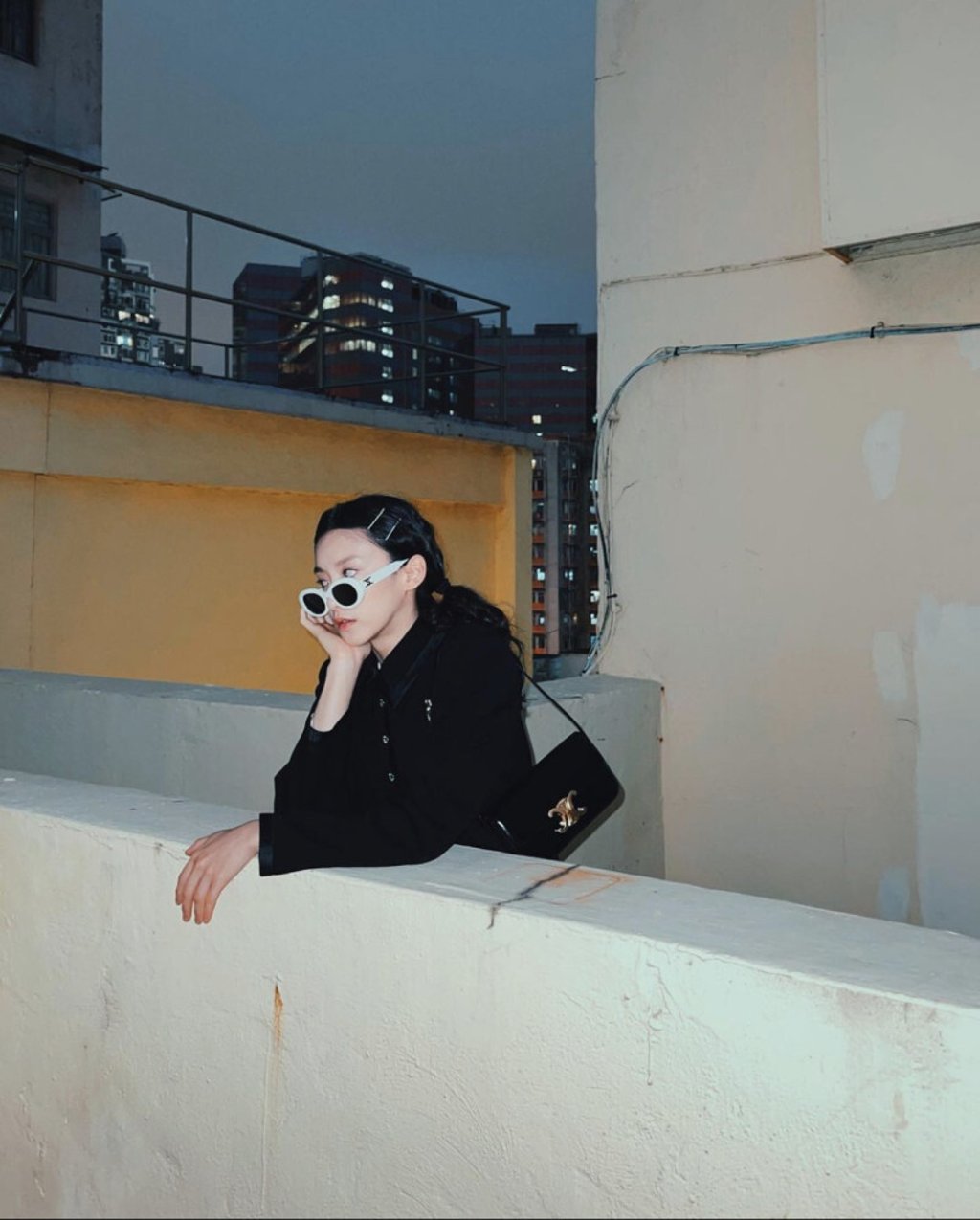Opinion / Are Hermès, Dior and Louis Vuitton goods too cheap? Luxury labels are losing billions of dollars by failing to include the brand story in the sticker price

- Dior’s Nike Air Jordan trainer was priced around US$2,000 and currently trades at between US$7,000 and US$20,000 on platforms like Stoxx and Sotheby’s
- From EVs to NFTs, getting your price right means thinking beyond the bottom line, and harnessing the pulling power of a brand’s elusive Added Luxury Value
If I could launch my brand again, I would double the price, at least
Many luxury brands underestimate their pricing potential. The more rare, differentiated and unique something is, the trickier the pricing. Although it is impossible to estimate how many brands are priced wrongly, research suggests that the majority make significant pricing mistakes.

This has huge consequences. Since the price carries a value signal, consumers may be confused if they perceive a brand’s pricing not to match the perceived value. This leads to a decrease in brand preference. And even if consumers still buy, many brands could be dramatically more profitable with the right pricing.
In a recent discussion with the CEO of a fashion brand, he told me his biggest regret: “We set the initial pricing far too low. We thought that we were expensive. Our clients saw it differently. They thought we were too cheap for what they got. If I could launch my brand again, I would double the price, at least.”
His words did not come out of greed, more out of desperation. The low price positioning hampered the success of the brand by simply not generating funds to cover operational costs and the necessary investment in brand equity. When a CEO of a luxury brand tells us that he would double the price after everything he knows now, other brands should listen. The likelihood is that their pricing is wrong, too.
